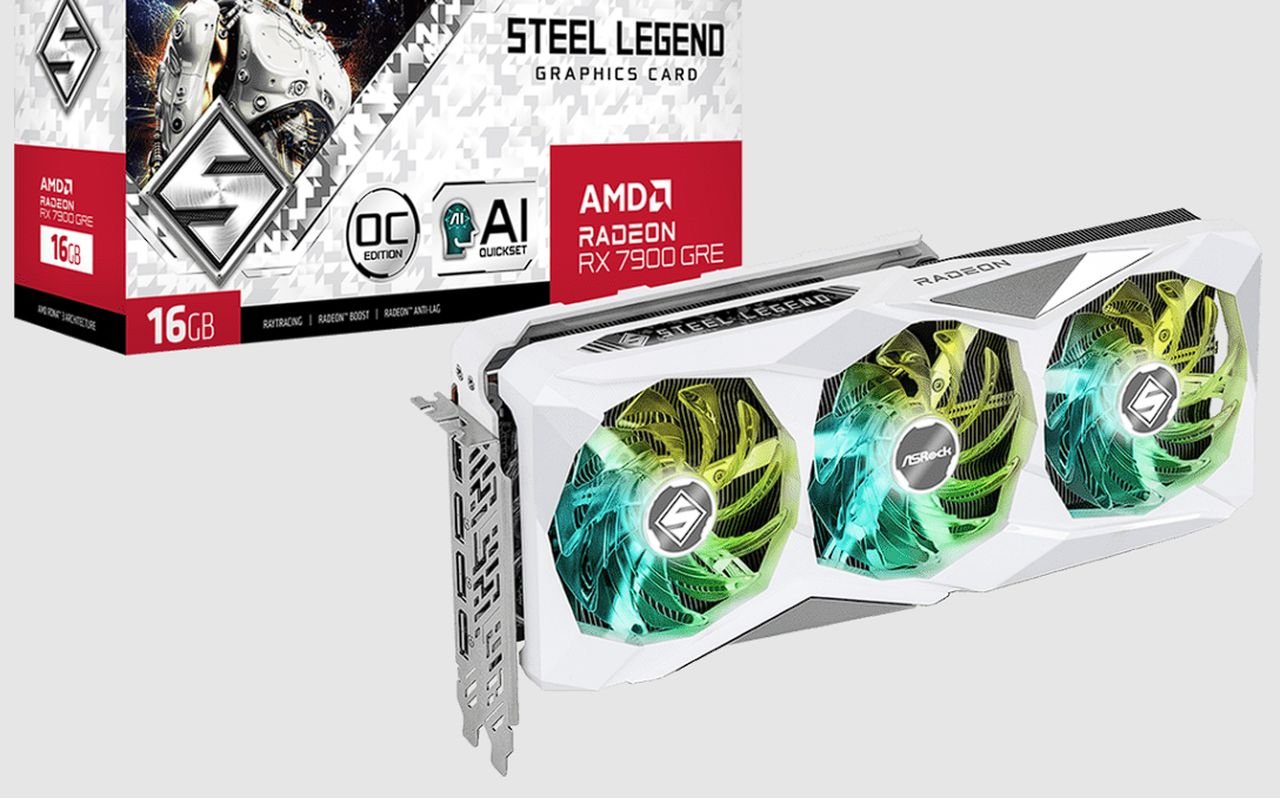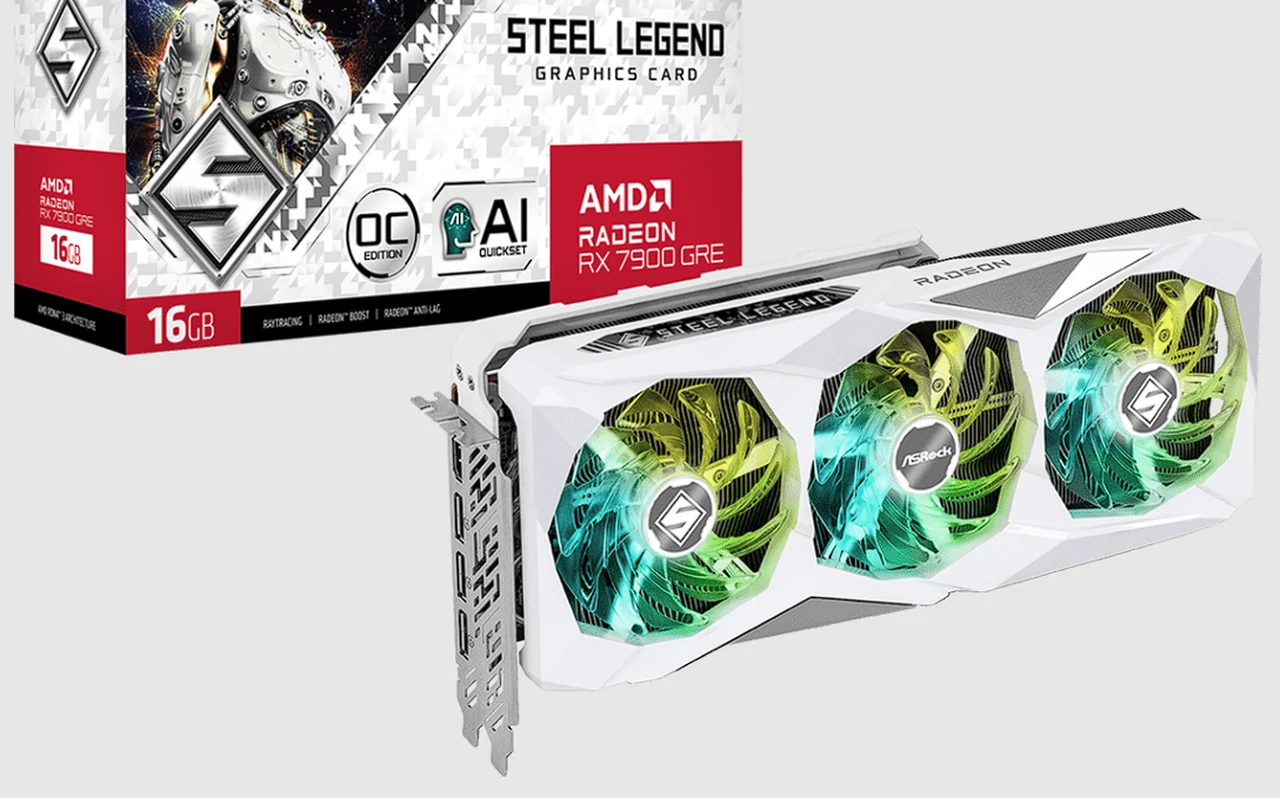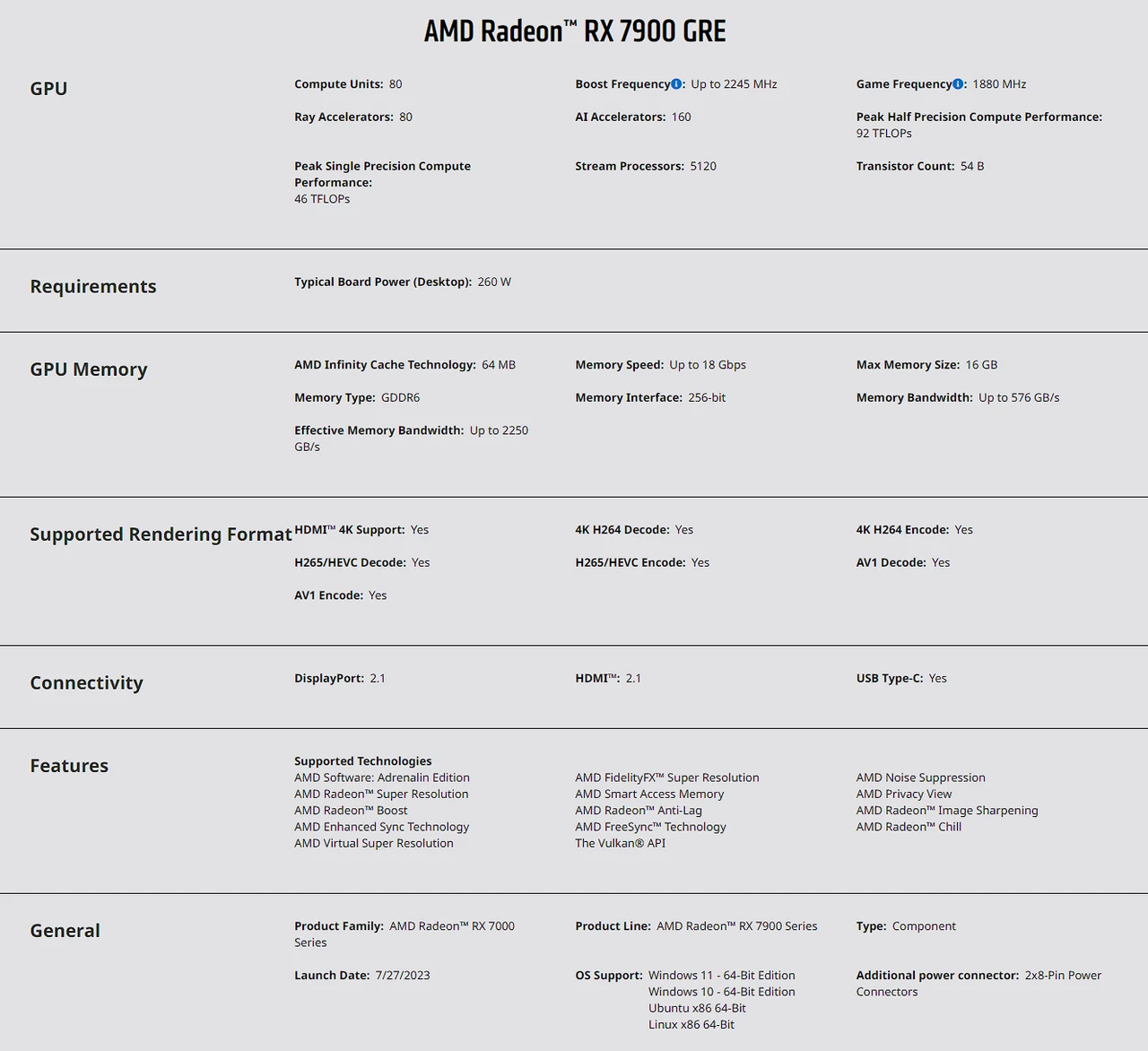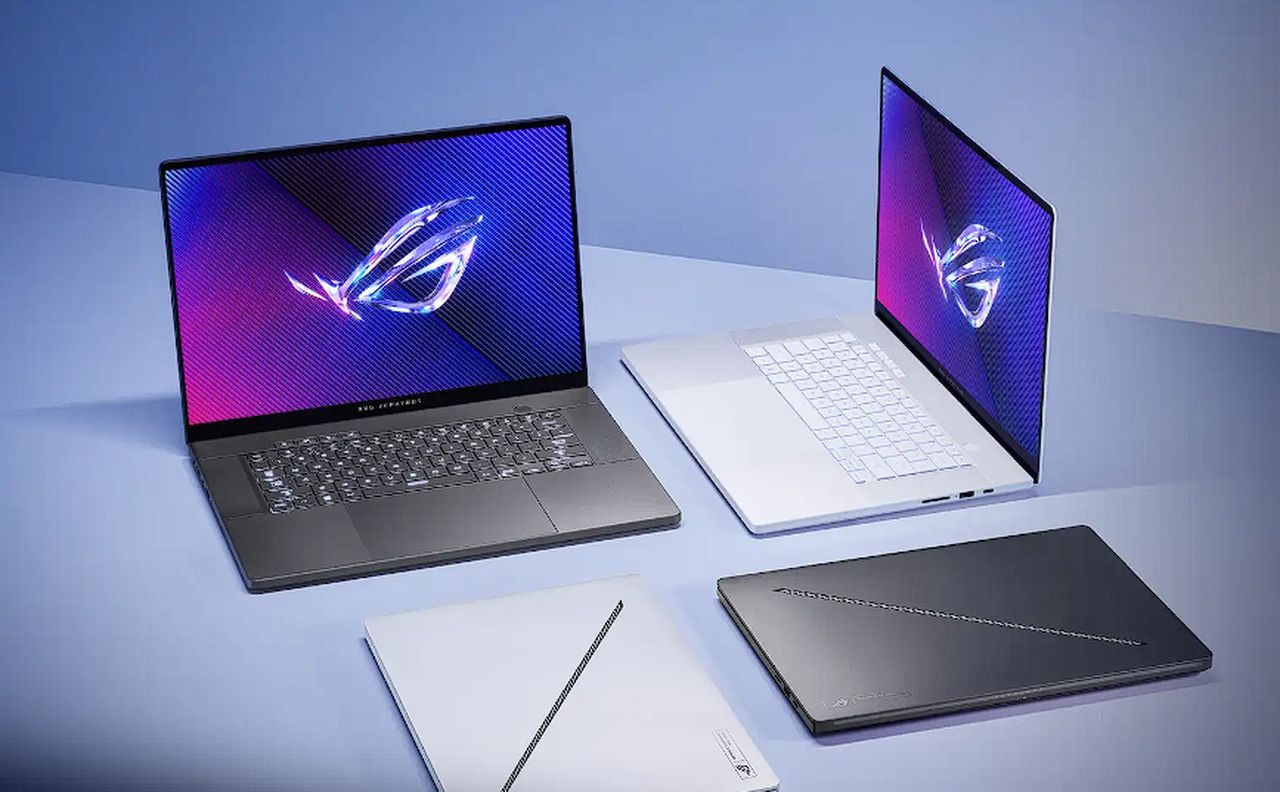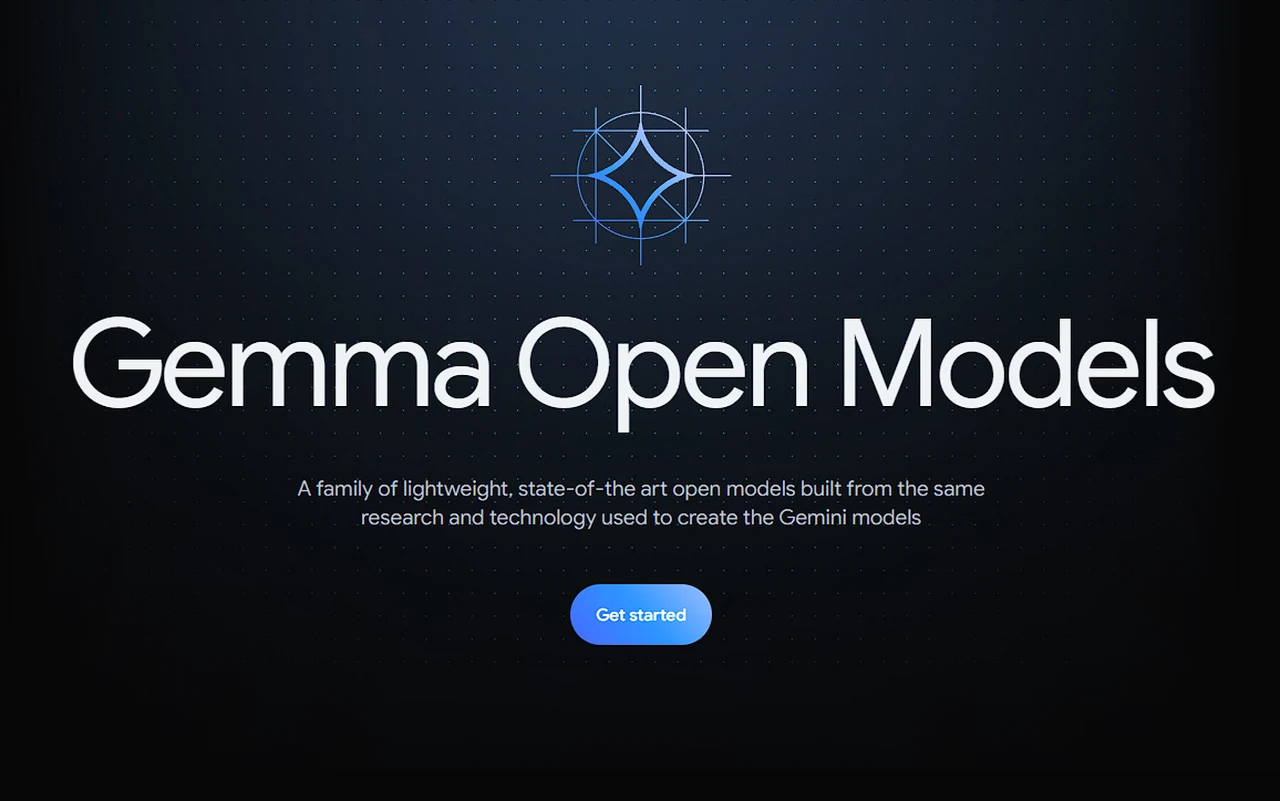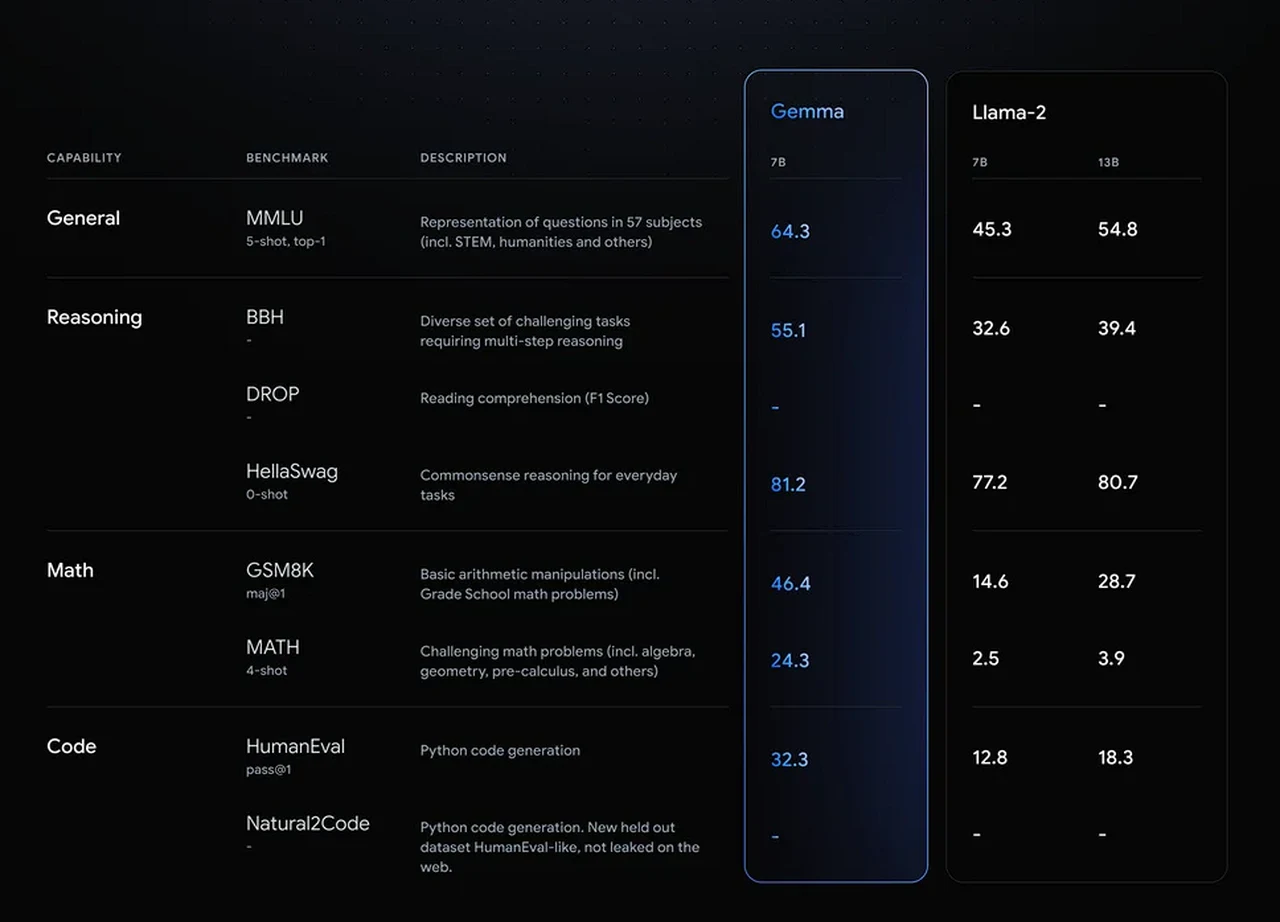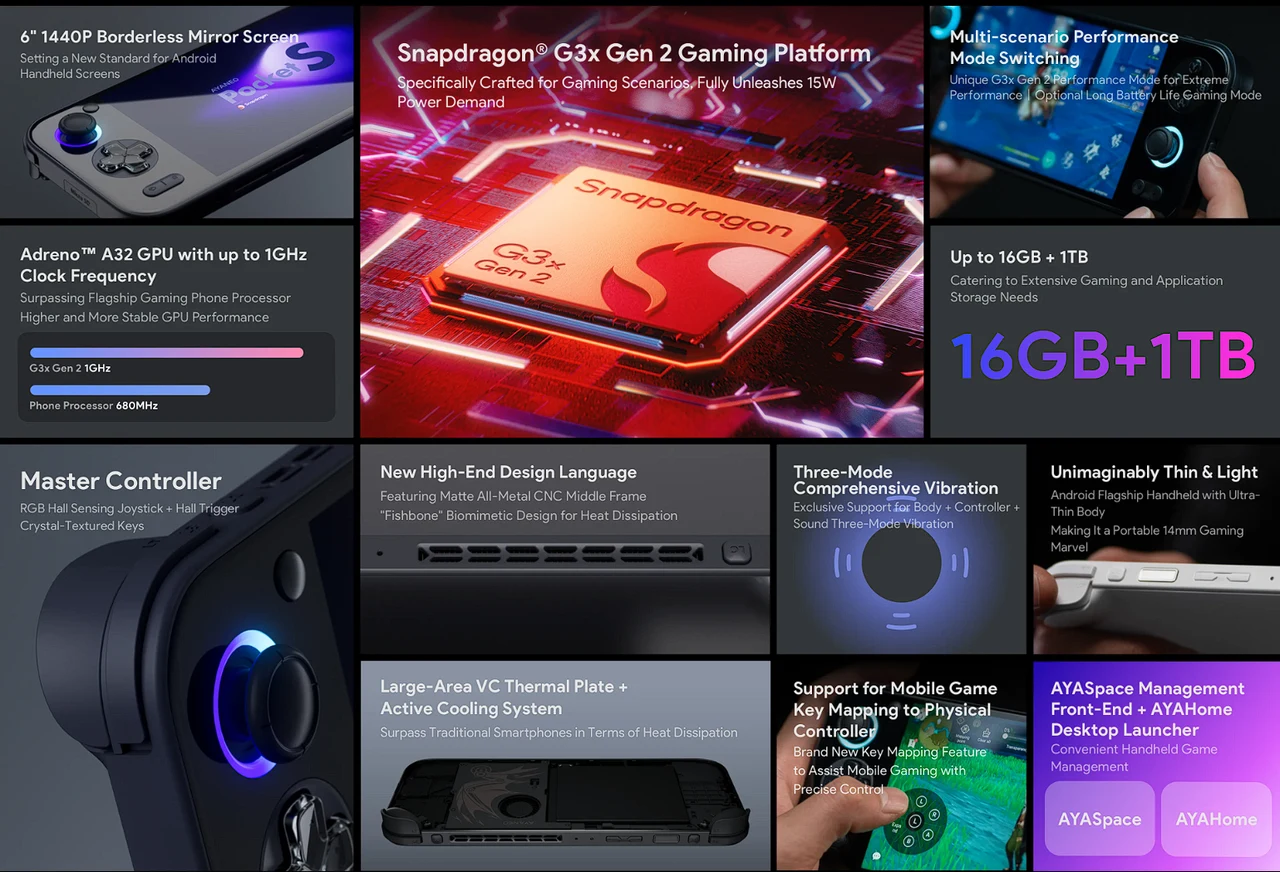
If you are looking for a high performance open source storage solution you might be interested in MinIO. Offering S3 compatibility and allowing users to host their data on their own servers. It provides an alternative to AWS S3, addressing concerns about proprietary software risks and potential performance issues. MinIO supports features such as buckets, access policies, versioning, and object locking. It can be installed on a user’s own server or through a cloud platform service, which can handle installation, backup, updates, and maintenance.
The platform’s user interface includes options for dark and light modes, and it guides users through creating buckets and managing data. MinIO also offers the ability to create public or private buckets, version control, and access management through user and service accounts. Advanced features include event-based actions, monitoring, metrics, and tiering for automated data management. The platform is scalable, supporting site replication and cluster expansion.
MinIO is a heavyweight in the world of data storage, offering a level of performance that can go toe-to-toe with industry giants like AWS S3. But what sets it apart is its open-source nature, giving you the reins to steer your data management in any direction you choose. This is especially valuable if you’re looking to spread your storage solutions across different platforms or if you’re planning to migrate away from AWS S3.
One of the standout features of MinIO is its seamless compatibility with Amazon S3 APIs. This means you can easily integrate it with a plethora of services and tools you’re already using, making the transition smooth and hassle-free. If you’re considering diversifying your storage options or moving away from a sole reliance on AWS S3, MinIO’s compatibility is a significant advantage.
MinIO Data Object Storage
Here are some other articles you may find of interest on the subject of coding
When it comes to handling your data, MinIO doesn’t play around. You can set it up on your own infrastructure, or opt for a cloud service that takes care of the installation and upkeep for you. This flexibility allows you to choose the path that best aligns with your organization’s needs and goals. The user interface of MinIO is a breath of fresh air, designed to be straightforward and user-friendly. It doesn’t matter if you’re a fan of dark or light mode; the interface has got you covered with all the essential tools you need. You can create buckets, manage versions, lock objects, and set quotas—all with a few clicks.
But what about keeping your data safe? MinIO has you covered there, too. You can create both public and private buckets, ensuring that your data is accessible only to those you permit. The platform also comes equipped with robust user and service account management tools, so you can set precise access policies and maintain tight control over who can modify or view your data.
MinIO is Built to Scale
Efficiency is key in any operation, and MinIO understands that. It offers event-based actions that can automate your workflows, boosting your operational efficiency. Plus, with its monitoring tools, you’ll get valuable insights into how your storage is being used and how it’s performing, enabling you to make smart, data-driven decisions.
As your organization grows, so do your storage needs. MinIO is built to scale right alongside you. It supports site replication and cluster expansion, which means you can increase your storage capacity whenever you need to. And you won’t have to worry about performance taking a hit as you grow; MinIO is engineered to provide rapid data access, no matter how large your storage demands become.
MinIO is more than just a storage solution; it’s a powerful tool that offers you the flexibility and control you need to manage your data effectively. With its S3 compatibility, user-friendly interface, and advanced features for scalability and automation, MinIO is an excellent choice for any organization looking to step up its data storage game. Whether you’re searching for an alternative to AWS S3 or you simply desire more control over your storage infrastructure, MinIO has the capabilities to meet—and exceed—your expectations.
So, if you’re ready to take the next step in data storage and management, consider MinIO. It’s not just about storing data; it’s about empowering you to manage, secure, and scale your data storage in a way that aligns with your organization’s unique needs. With MinIO, you’re not just choosing a storage solution; you’re choosing a partner that grows with you, ensuring that your data is always in the right hands—yours.
Filed Under: Technology News, Top News
Latest timeswonderful Deals
Disclosure: Some of our articles include affiliate links. If you buy something through one of these links, timeswonderful may earn an affiliate commission. Learn about our Disclosure Policy.





